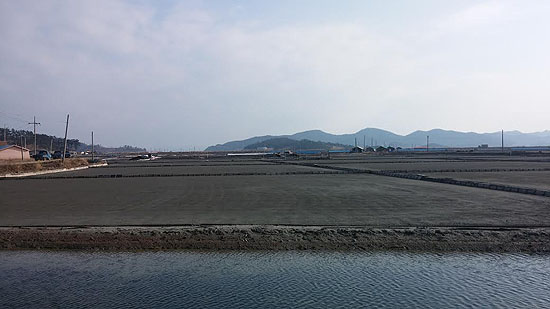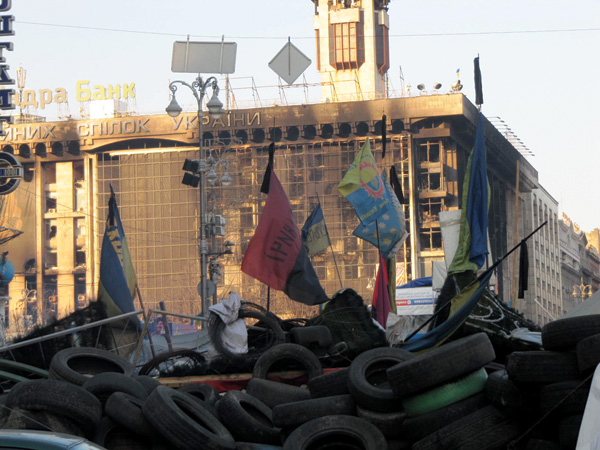by STEVE HAN | @steve_han
editor@charactermedia.com
It was an ordinary night for Kim Seong-baek in July 2012. He was sleeping in the corner of a subway station in Seoul, South Korea. He had been homeless for over 10 years when a stranger approached him with a job offer that would also provide him with a place to live starting at the crack of the dawn.
Kim, whose court records state that he has a 12-year-old’s social awareness, accepted the no-brainer of an offer.
But within hours, Kim was getting beaten by his boss Hong Jeong-gi in Siniu-do, an island on the southwestern coast of the Korean peninsula. For the next two years, the half-blind and mentally disabled Kim was forced to work 18 hours a day as a salt miner under inhumanely abusive conditions without pay.
Kim later learned that the man he met at the subway station was an illegal job agent who was paid by Hong. For $700, the man reported Kim missing and sent him to Hong who worked him brutally at his sea salt farm. Every time Kim tried to escape, he was rounded up by Hong’s guards.
After two years of trying to escape, Kim finally got his wish when he mailed a letter to his mother in Seoul. His mother then contacted Seo Je-gong, a Seoul police captain, and the two visited the island posing as tourists. They rescued Kim after arresting Hong, who now faces a 3-year prison sentence.
Sinui-do has a longstanding history of exploitation and enslavement of those subject to social vulnerability like Kim. However, not many are as fortunate as Kim, who had family searching for him.
South Korea’s human rights publication CoWalkNews reported in April that the lives of slaves on the island have become something of an open secret. In some cases, the families of the victims knowingly abandon them in Sinui-do after agreeing to get paid by the slave owners to stay quiet. After all, many of the victims are those who have been exiled from their families even before they become slaves.
Kim’s case sparked an intense public attention, which later prompted government investigations which found more than 100 victims similar to Kim, but the Associated Press reported that the nationwide probe has made little difference. Outside of the 50 island farm owners and job brokers who were indicted, thousands of other suspected slave owners have claimed that they have merely provided jobs for the disabled and homeless.
Regardless, the worldwide publicity on Kim’s case has tarnished the reputation of Sinui-do and its population of 18,000. The locals have complained that the alleged slavery was deployed by only a few farm owners on an island, where over half of its population work in the sea salt production industry, and expressed discontent at the media for tainting their home as the “slave island.”
Sinui-do, which produces over 50,000 tons of sea salt, is also a home to about 820 households, along with two elementary schools and a middle school.
“There have been many rape cases in Seoul,” a 52-year-old Sinui-do resident, only identified by his last name Hong, told News1. “So is Seoul now a city of rapists? It’s unjust to call our island an island of slaves.”
But the residents also sympathize with the alleged slaves who have been subject to abuse by their bosses.
“These are people who are neglected and mistreated,” said Hong Chi-guk, a 64-year-old salt farmer in Sinui-do, in an interview with the AP. “What alternative does our society have for them?”
___
Photo courtesy of OhMyNews.







